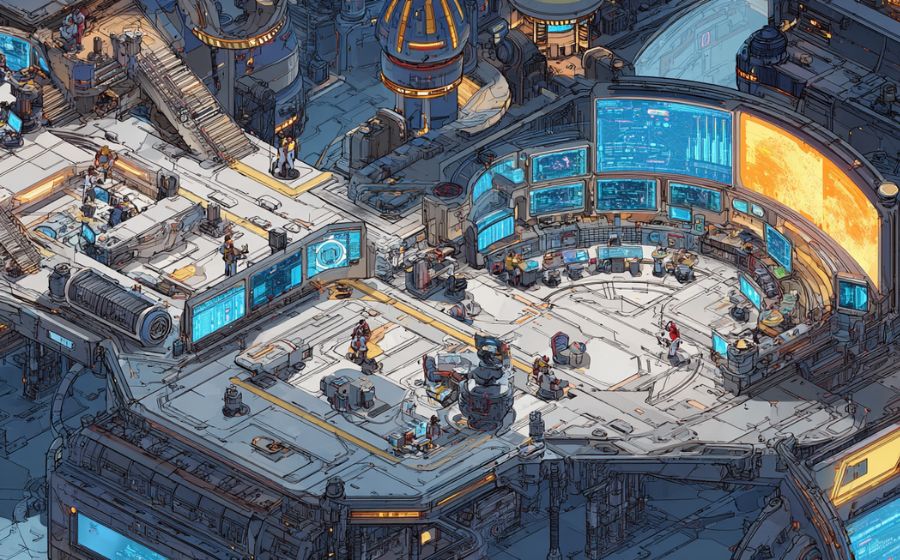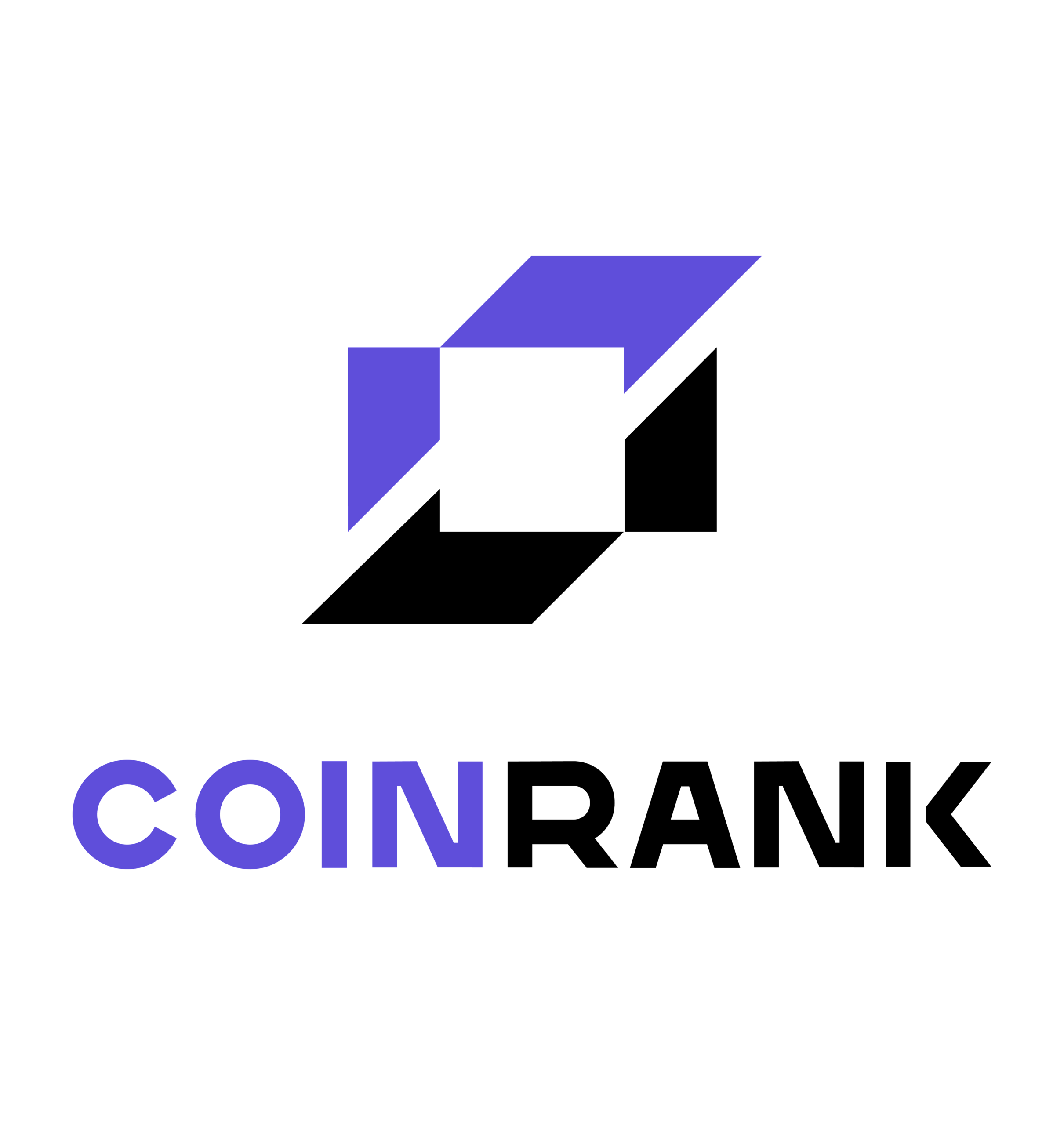
KEYTAKEAWAYS
-
MegaETH introduces the concept of a real-time blockchain
By reducing latency from seconds to milliseconds, it aims to make on-chain interactions as instant as Web2, unlocking new use cases like AI agents, gaming, and high-frequency DeFi.
-
A pragmatic tradeoff between speed and decentralization
The project uses a single rotating sequencer for ultra-fast execution while relying on stateless verification and Ethereum settlement for security and trust.
-
Institutional-ready architecture with MiCA compliance
Backed by Vitalik Buterin and major funds, MegaETH combines technical innovation with regulatory clarity to attract both developers and regulated capital.

- KEY TAKEAWAYS
- ORIGIN AND AMBITION: FROM “REAL-TIME BLOCKCHAIN” TO ETHEREUM’S ACCELERATION EXPERIMENT
- ARCHITECTURE AND TRADEOFFS: THE TENSION BETWEEN CENTRALIZED EXECUTION AND STATELESS VERIFICATION
- ECOSYSTEM AND CAPITAL: FROM VITALIK’S BACKING TO MICA COMPLIANCE
- FUTURE AND GAMBLE: WHEN SPEED BECOMES A BELIEF
- DISCLAIMER
- WRITER’S INTRO
CONTENT

ORIGIN AND AMBITION: FROM “REAL-TIME BLOCKCHAIN” TO ETHEREUM’S ACCELERATION EXPERIMENT
If the story of Ethereum is a long race to scale, MegaETH wants to rewrite the rules by changing the unit of time from seconds to milliseconds. It sounds extreme, but that is exactly what the team behind this project is trying to achieve.
For founder Yilong Li, true Web3 should feel as fast as Web2. Every transaction, every click, every on-chain action should happen instantly. He calls it a “real-time blockchain” — a network so responsive that users forget it runs on a chain.
The idea was born at Stanford in 2022. Yilong was researching low-latency data center systems and realized that blockchain’s bottleneck was not computing power, but architecture. Traditional networks make every node do the same work, wasting efficiency in repeated consensus. His proposal was bold — redesign the system so each node has a specialized role, much like components in a modern data center.
Two years later, Harvard MBA graduate Shuyao Kong joined as co-founder. A former global business lead at ConsenSys, she brought strategic insight and strong industry ties. Together, they turned a technical prototype into a project aimed at production scale.
By 2025, with direct investment from Ethereum co-founders Vitalik Buterin and Joseph Lubin, MegaETH entered the spotlight. Their support sent a clear message — Ethereum’s core circle was ready to explore a model that traded decentralization for performance.
MegaETH’s message was not about higher throughput but a new dimension of experience: latency. The goal is to bring transaction confirmation from ten seconds down to ten milliseconds, enabling on-chain AI agents, trading systems, and interactive games that respond as fast as Web2.
In this sense, MegaETH is not just a blockchain project. It is a question to the entire ecosystem — can we reach Web2-level speed without abandoning the principles of trust and verification?
ARCHITECTURE AND TRADEOFFS: THE TENSION BETWEEN CENTRALIZED EXECUTION AND STATELESS VERIFICATION
To reach millisecond speed, MegaETH confronts the limits of decentralization head-on. It accepts that full symmetry between nodes is too costly and designs a new division of labor.
At the center of the network stands a single sequencer — a powerful data-center-grade node that orders, executes, and produces blocks. This eliminates consensus delays but introduces a single point of failure, something that purists see as heresy.
MegaETH balances this through “stateless verification.” Instead of requiring every validator to store the entire chain state, the sequencer produces cryptographic witnesses for each block. Validators only need these small proofs to verify correctness. This allows almost anyone with a laptop to participate in validation, keeping the verification process decentralized even if execution is not.
A rotation mechanism further reduces risk. Anyone can stake the $MEGA token to compete for sequencer slots, which rotate based on network activity. Misbehavior leads to slashing, turning honesty into an economically rational choice.
MegaETH also uses EigenDA as its data availability layer. Rather than storing all data on Ethereum L1, EigenDA provides higher bandwidth — up to 15 Mb/s — allowing the network to process over 100,000 transactions per second at low cost.
Another key innovation is its “dual-block architecture.” The system produces “mini-blocks” every few milliseconds for instant state updates, and standard EVM blocks every second to remain compatible with existing Ethereum tools. Developers can use the same frameworks they know, while users experience real-time feedback.
This architecture reflects a pragmatic philosophy. Decentralization is no longer a single-layer ideal but a multi-layer balance. Execution pursues speed, validation ensures security, and settlement provides final trust. MegaETH does not try to solve the trilemma in one node — it breaks it apart.
Still, this design lives on the edge. A single sequencer could face regulatory or technical threats, and any outage could freeze the network instantly. MegaETH is betting that innovation and careful engineering can make this tradeoff sustainable.
ECOSYSTEM AND CAPITAL: FROM VITALIK’S BACKING TO MICA COMPLIANCE
If technology is MegaETH’s skeleton, its financial story is the bloodstream that gives it life.
In June 2024, Dragonfly Capital led a $20 million seed round that kicked off the project’s momentum. A few months later, community and NFT fundraising followed, pushing total capital raised past $57 million. By October 2025, MegaETH’s public sale on Sonar drew $450 million in commitments — nearly ten times oversubscribed.
This frenzy was not just about technology. It was about belief. Vitalik’s endorsement represented Ethereum’s intellectual continuity, while the project’s MiCA-compliant whitepaper opened doors to regulated European capital. MegaETH became one of the first blockchains to fully follow the EU’s crypto asset framework, allowing it to engage institutional investors legally.
In a world still dominated by anonymous teams and offshore tokens, this level of transparency stood out. MiCA compliance means strict KYC, investor protections, and clear risk disclosures — features designed for institutions. In short, MegaETH’s brand is a bridge between crypto’s idealism and traditional finance’s structure.
The token model reinforces this approach. Out of 10 billion $MEGA tokens, 53.3% are allocated to KPI-based rewards to stimulate network activity and developer engagement. The team holds only 9.5%, showing long-term alignment rather than short-term extraction.
The project’s “MegaMafia” incubator drives its ecosystem growth with a focus on originality over quantity. It supports teams building apps that can only exist in a real-time environment — such as Valhalla, a composable perpetual DEX; Crossy Fluffy, a fully on-chain game; and Nectar AI, a live blockchain-based assistant.
MegaETH does not aim to replicate DeFi from Arbitrum or Optimism. It bets on new frontiers like gaming, AI, and high-frequency trading. This is a risky but high-conviction strategy — if even one of these experiments finds real adoption, it could define a new category of use cases and make MegaETH indispensable.
FUTURE AND GAMBLE: WHEN SPEED BECOMES A BELIEF
In the crowded Layer 2 arena, MegaETH stands apart as both an outsider and a symbol of ambition. While Arbitrum and Optimism stick to traditional Rollups, and Monad explores parallelization, MegaETH chooses the boldest path — placing speed above everything else.
It embodies a new kind of thinking: decentralization is not the only virtue, and efficiency can coexist with trust through new structures. The project uses centralized execution for performance, decentralized validation for credibility, and Ethereum as the final layer of settlement.
Its outcome will likely be binary. If the sequencer model works at scale, MegaETH could redefine the architecture of Layer 2 and become the standard for “real-time computing chains.” If it fails under real-world pressure, it will stand as a warning that speed and decentralization still resist full reconciliation.
Market risk adds another layer of tension. Pre-launch futures already value the network at over $5 billion — a massive expectation for an unproven system. Any delay, bug, or security issue could trigger sharp corrections. For early backers, it’s a high-stakes opportunity; for latecomers, a volatile experiment.
But even if it stumbles, MegaETH has already shifted the conversation. It has reminded the industry that speed matters again — that new categories of on-chain apps may only emerge when latency disappears.
In the next decade of Ethereum, MegaETH could mark the beginning of specialization — where blockchains evolve into purpose-built layers: financial, AI-driven, or real-time. It does not aim to replace Ethereum but to extend its capabilities into a new dimension — the dimension of speed.
Because in MegaETH’s world, performance is not just a metric. It is a belief system. And in the milliseconds between blocks, the future of Web3 might already be unfolding.















